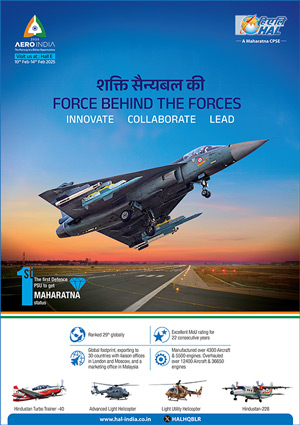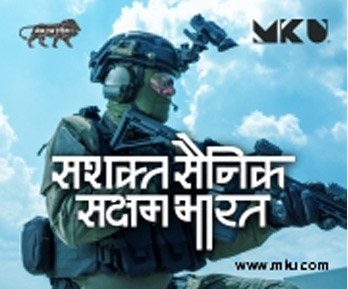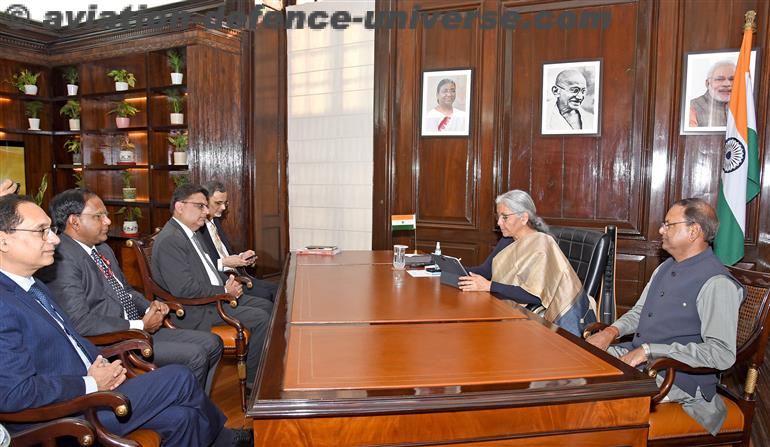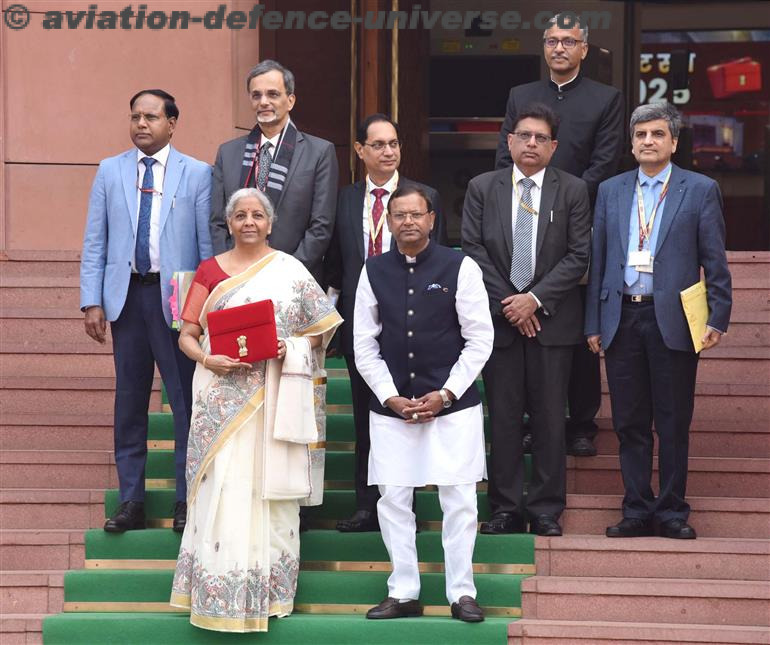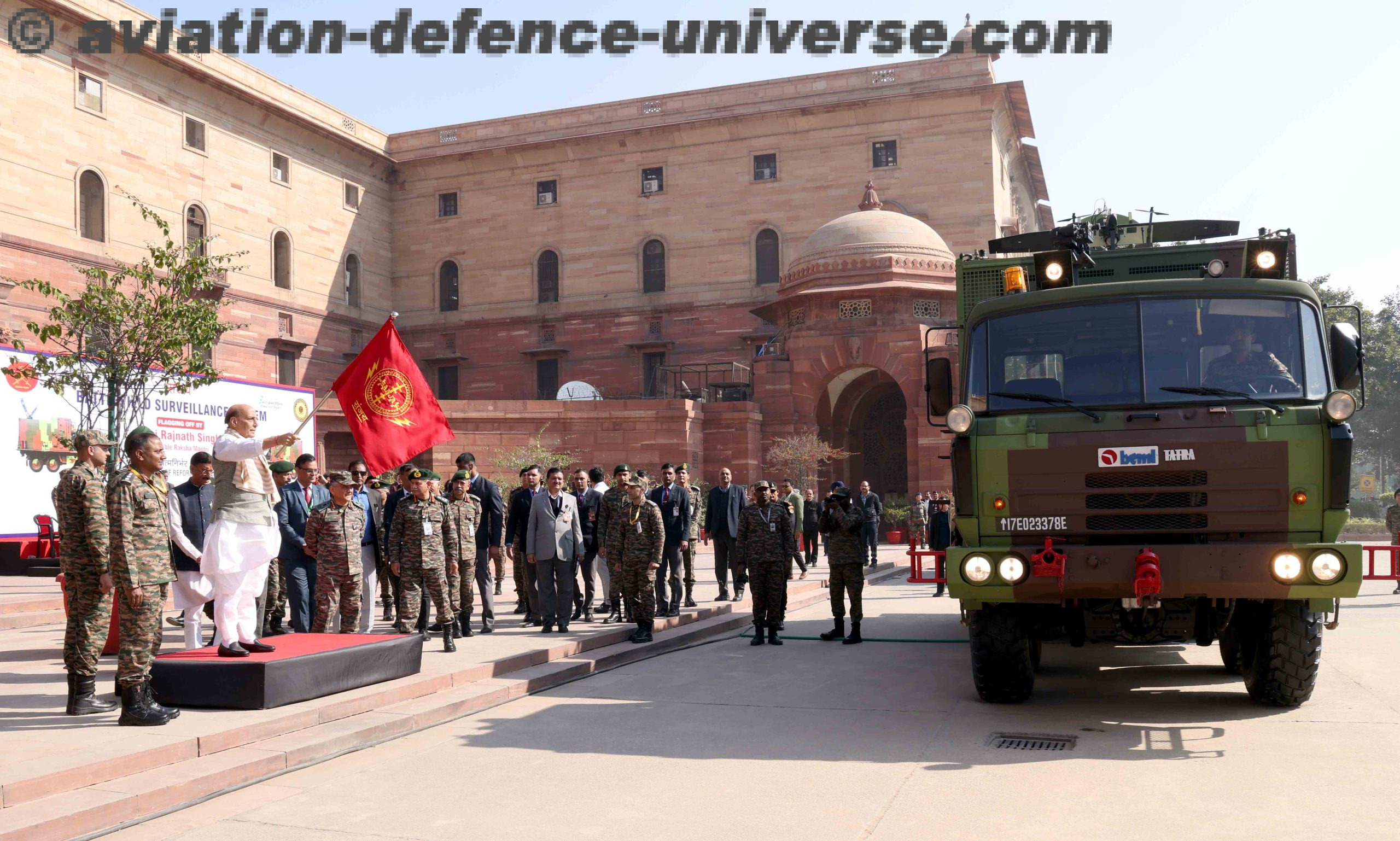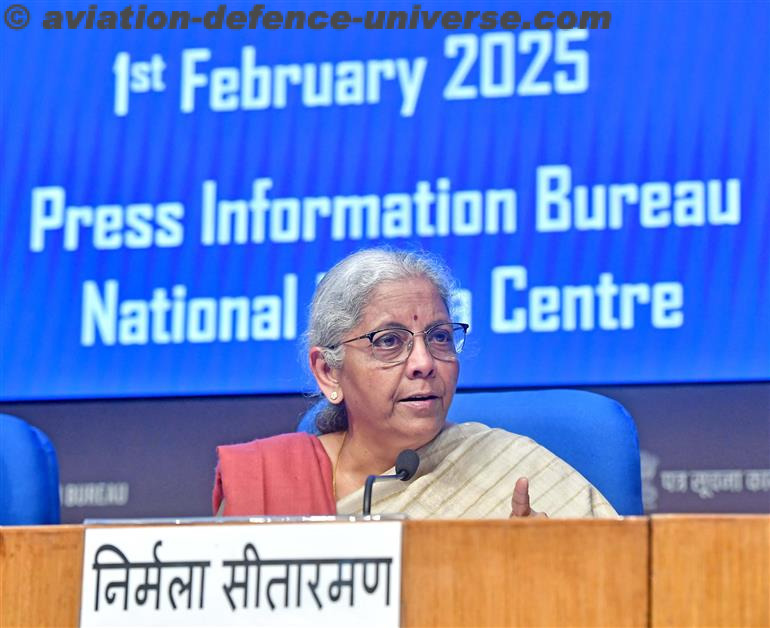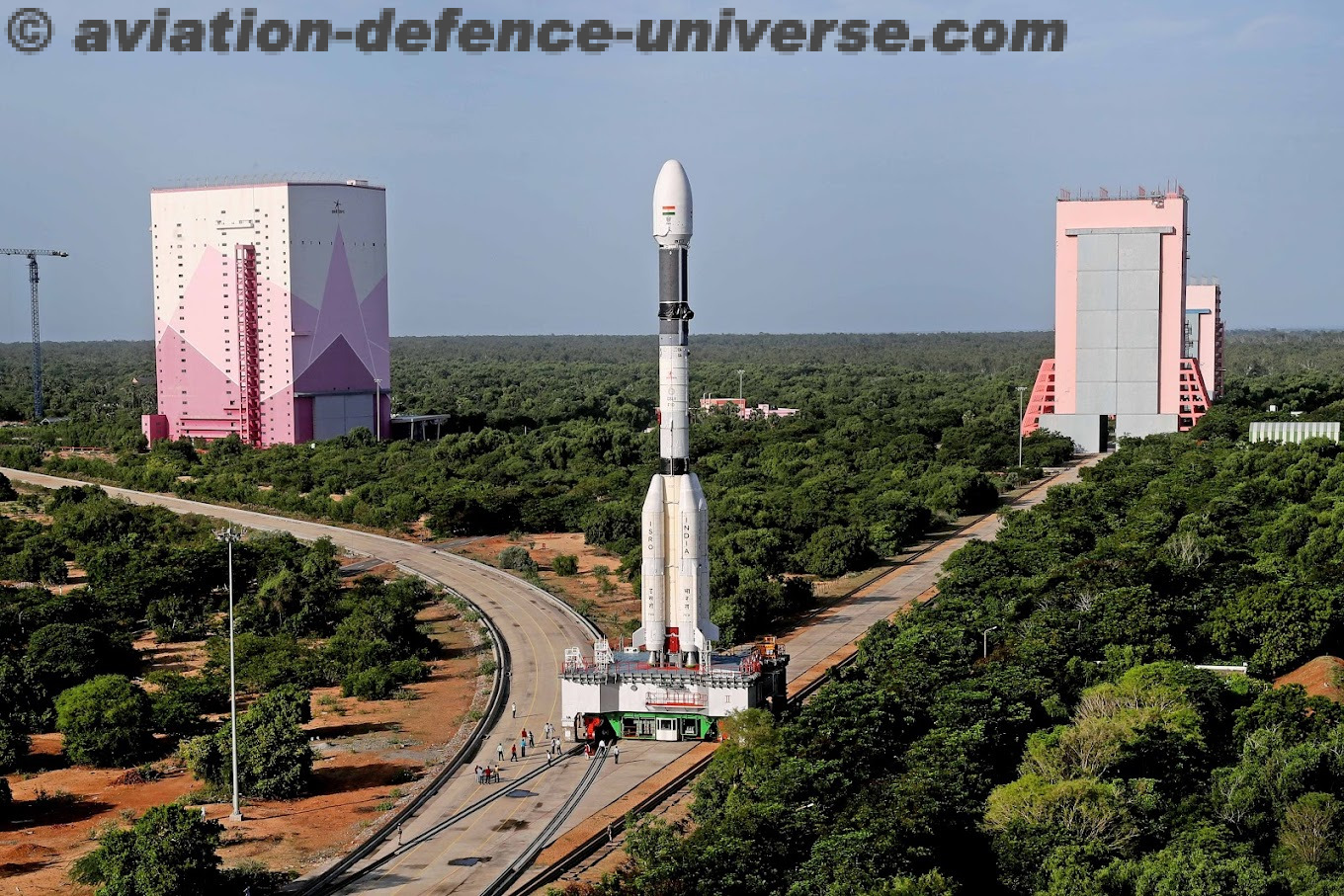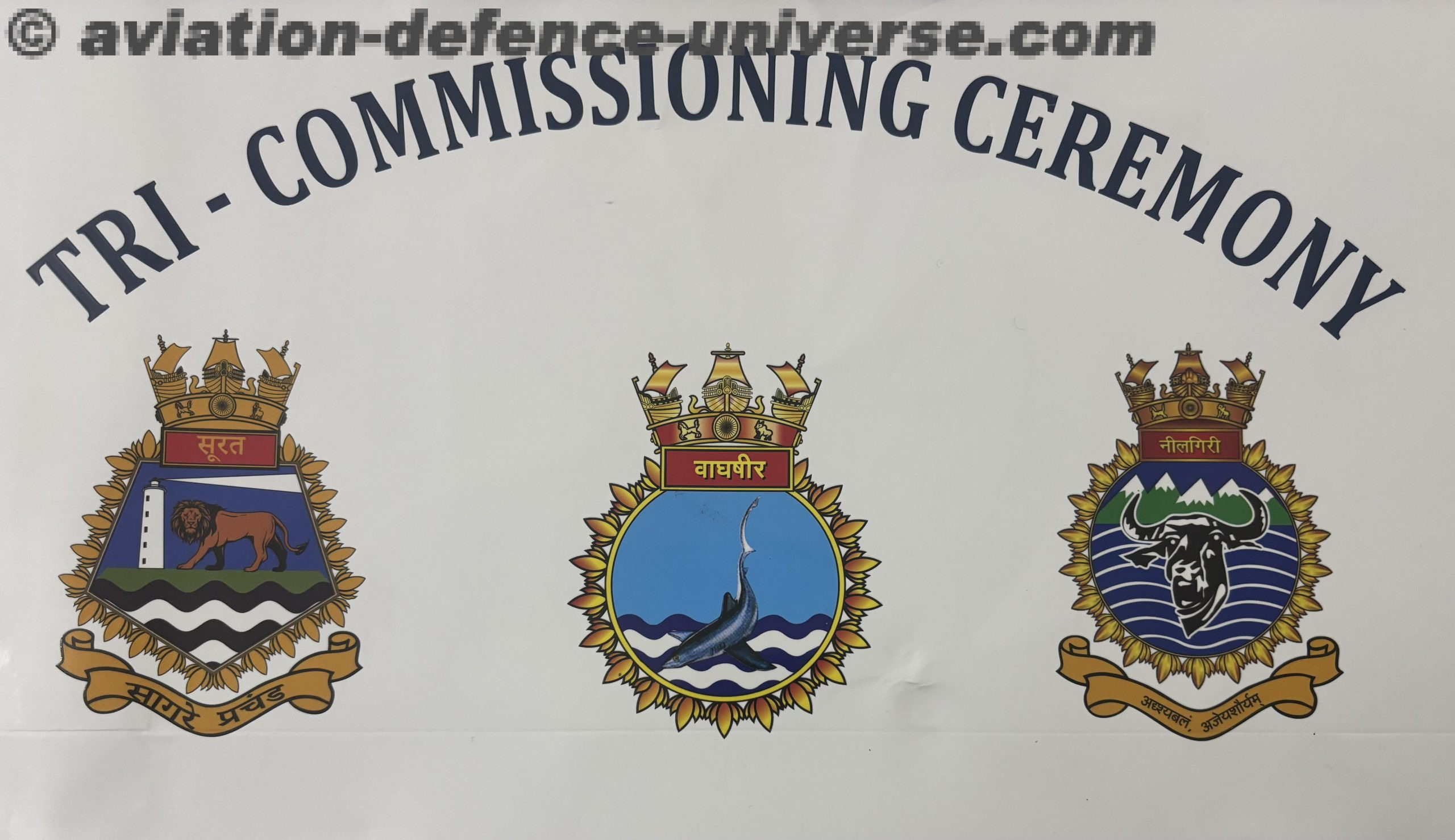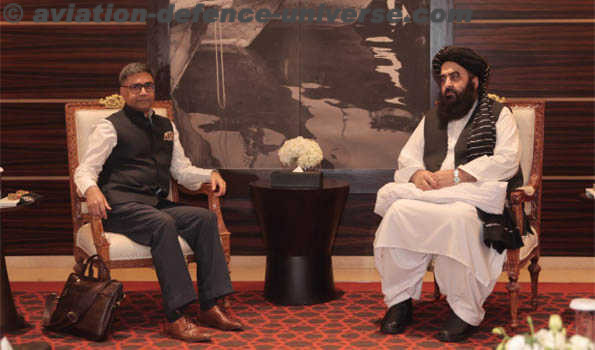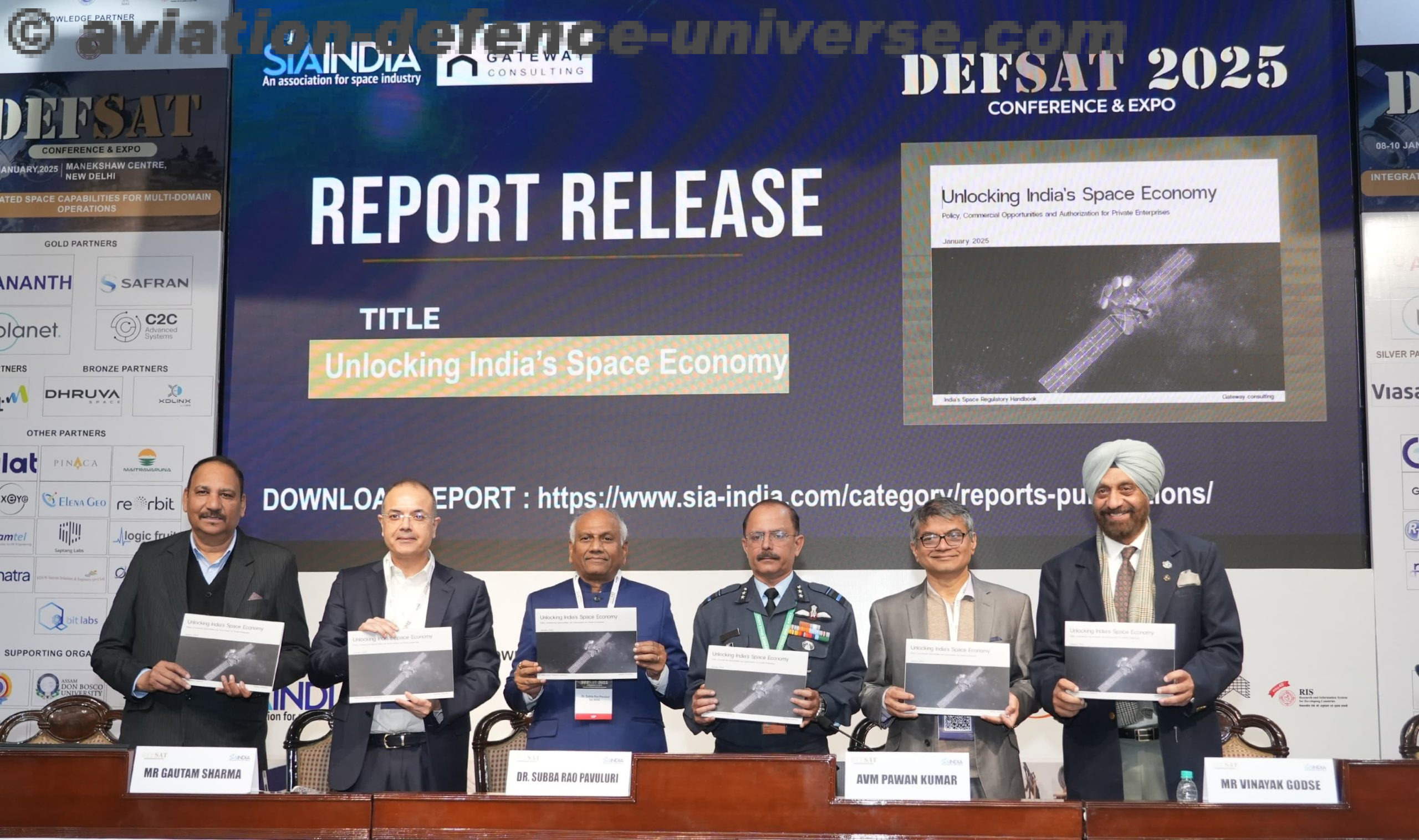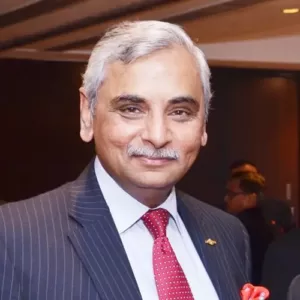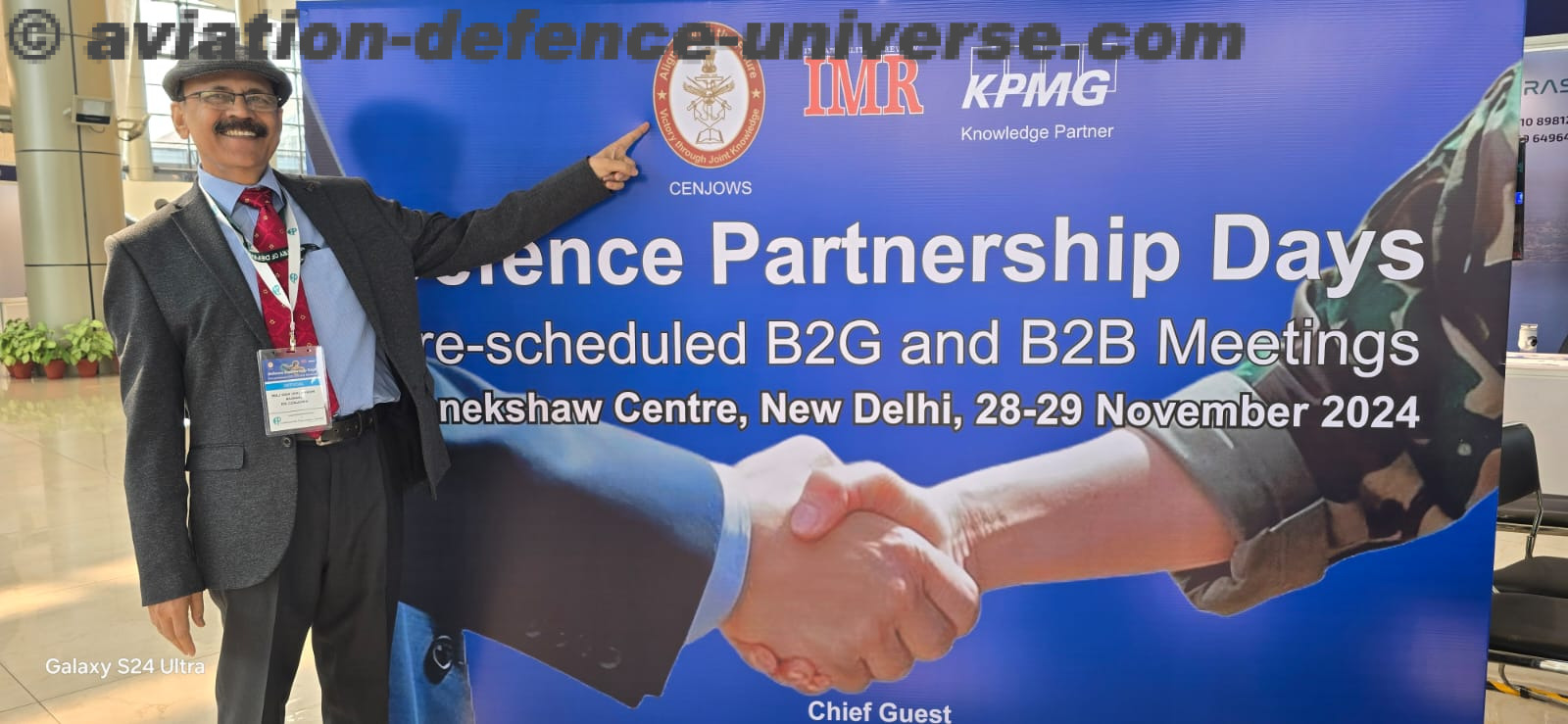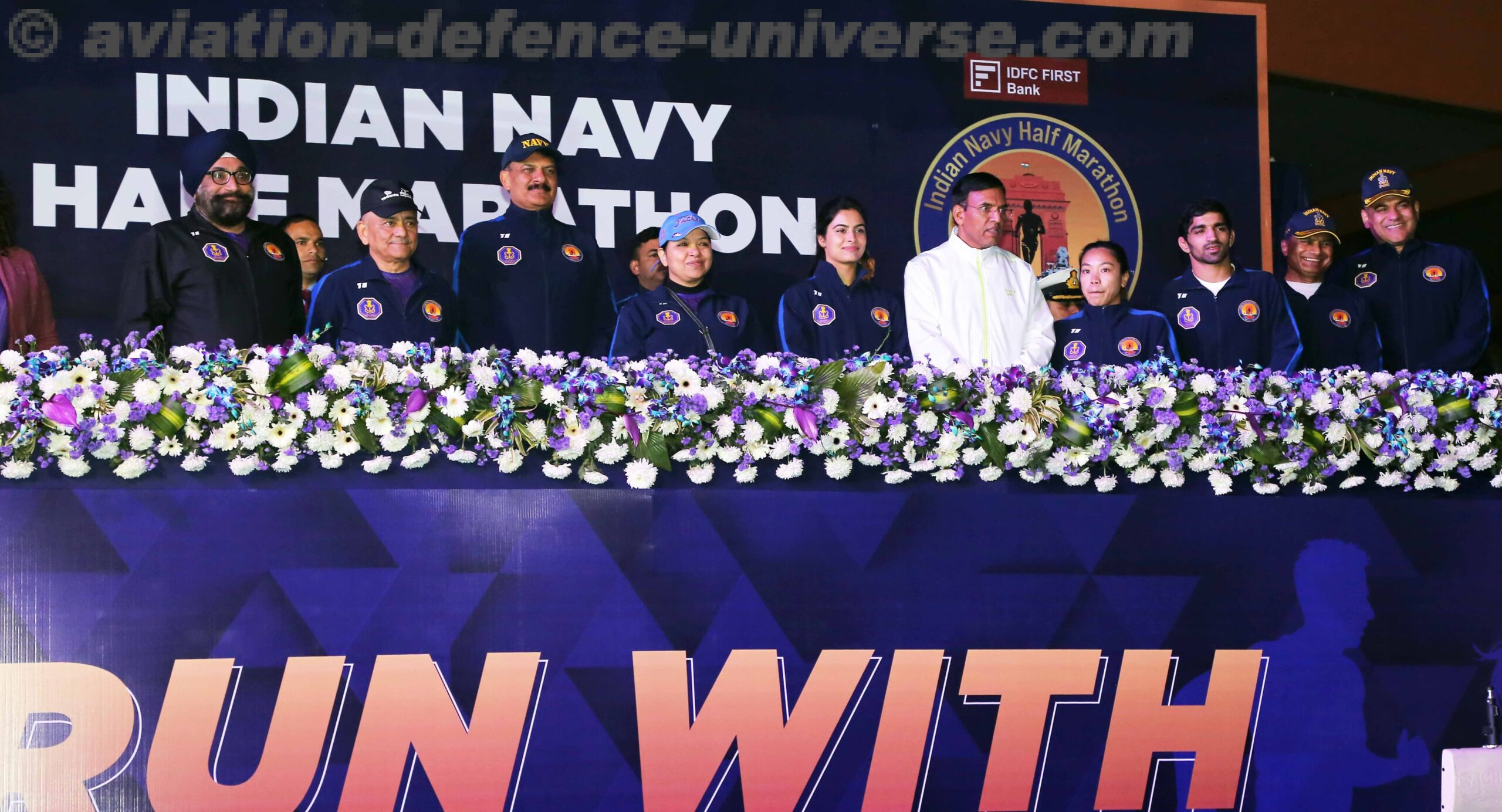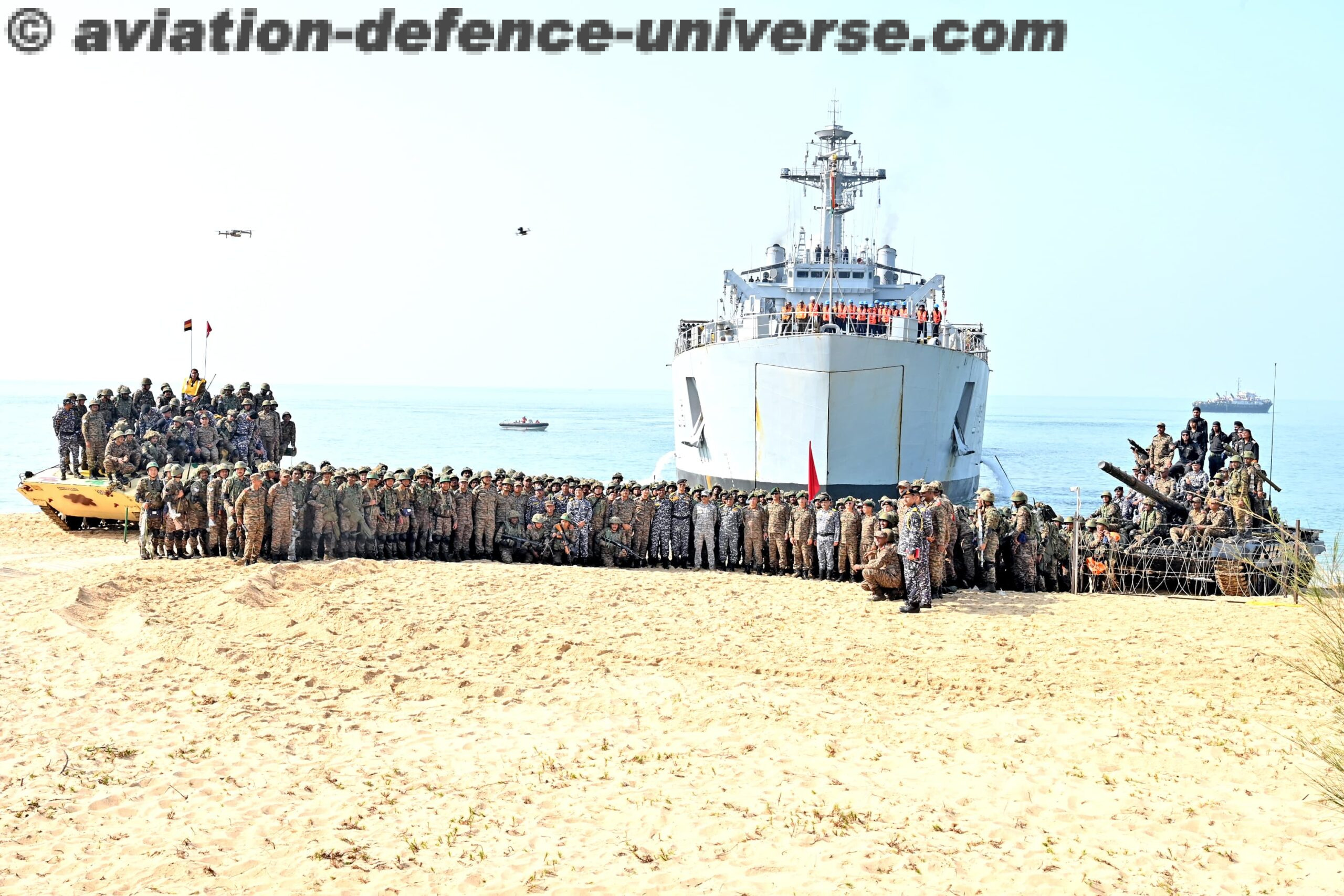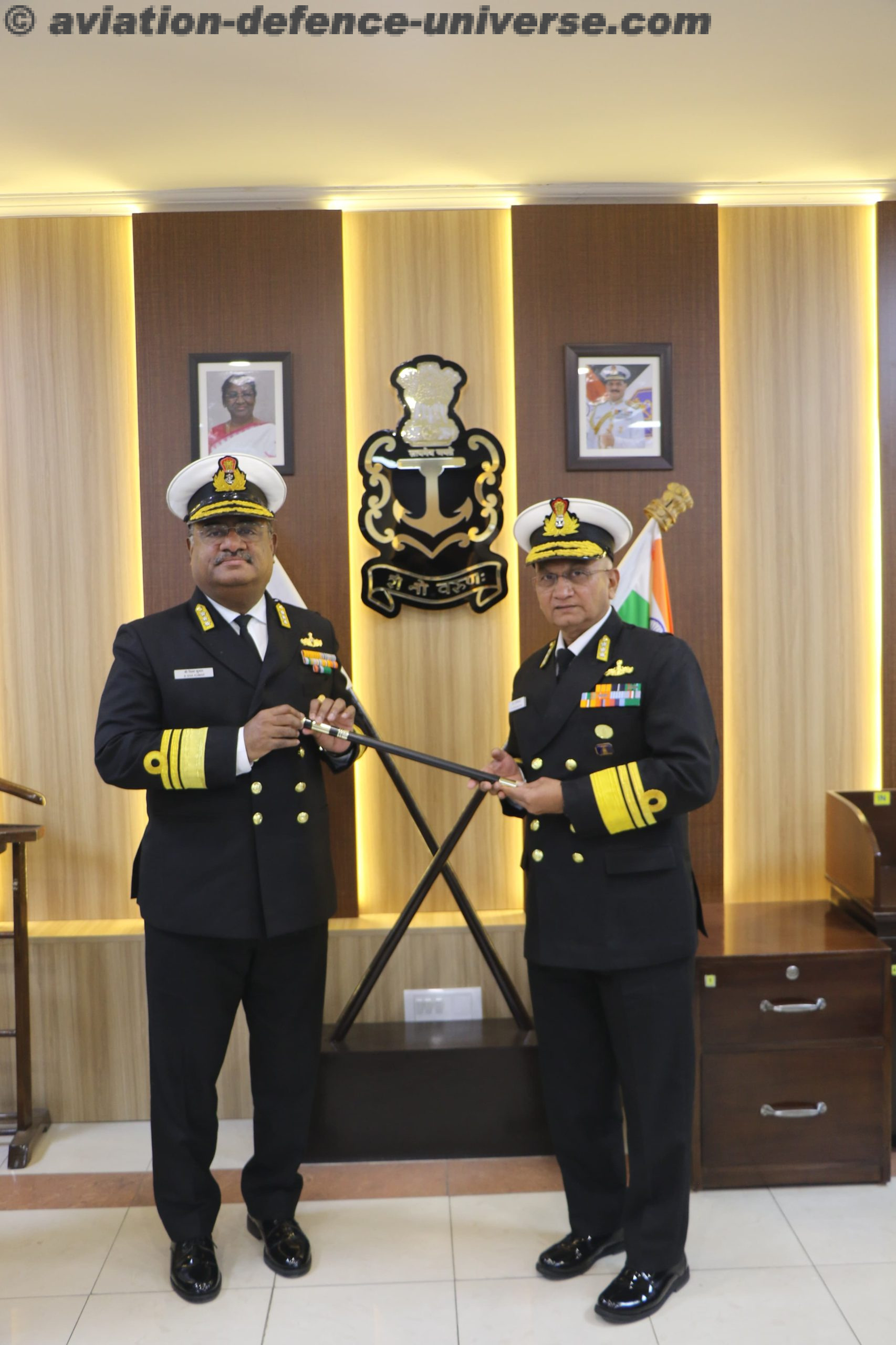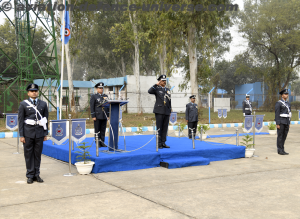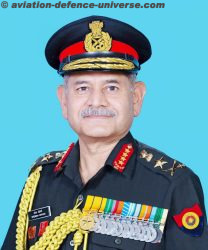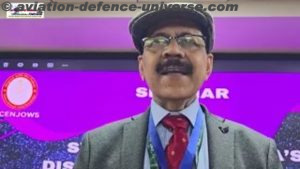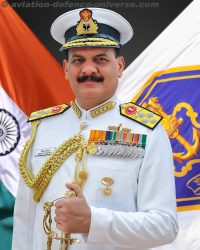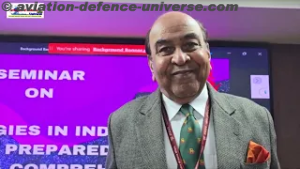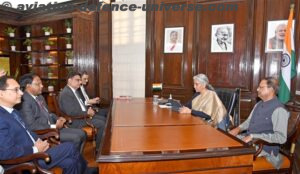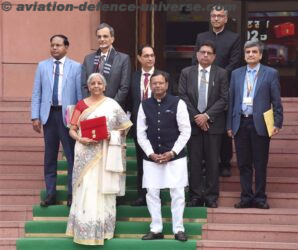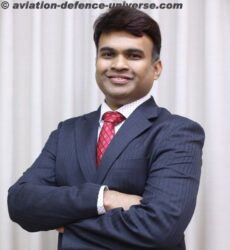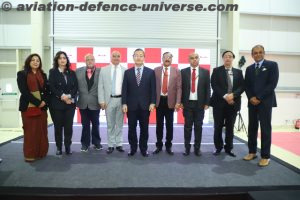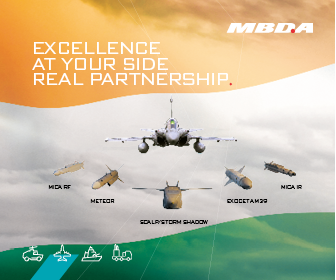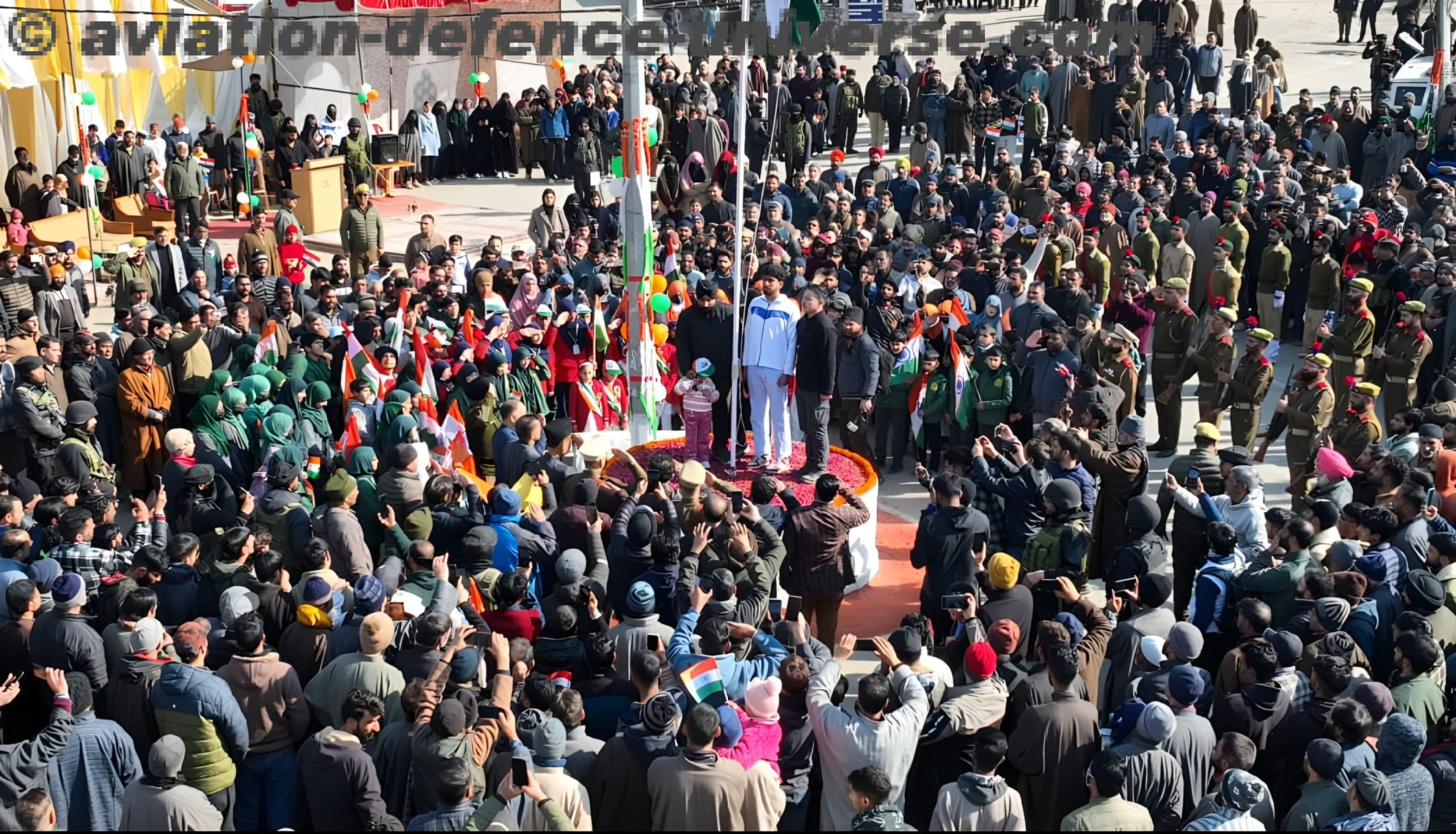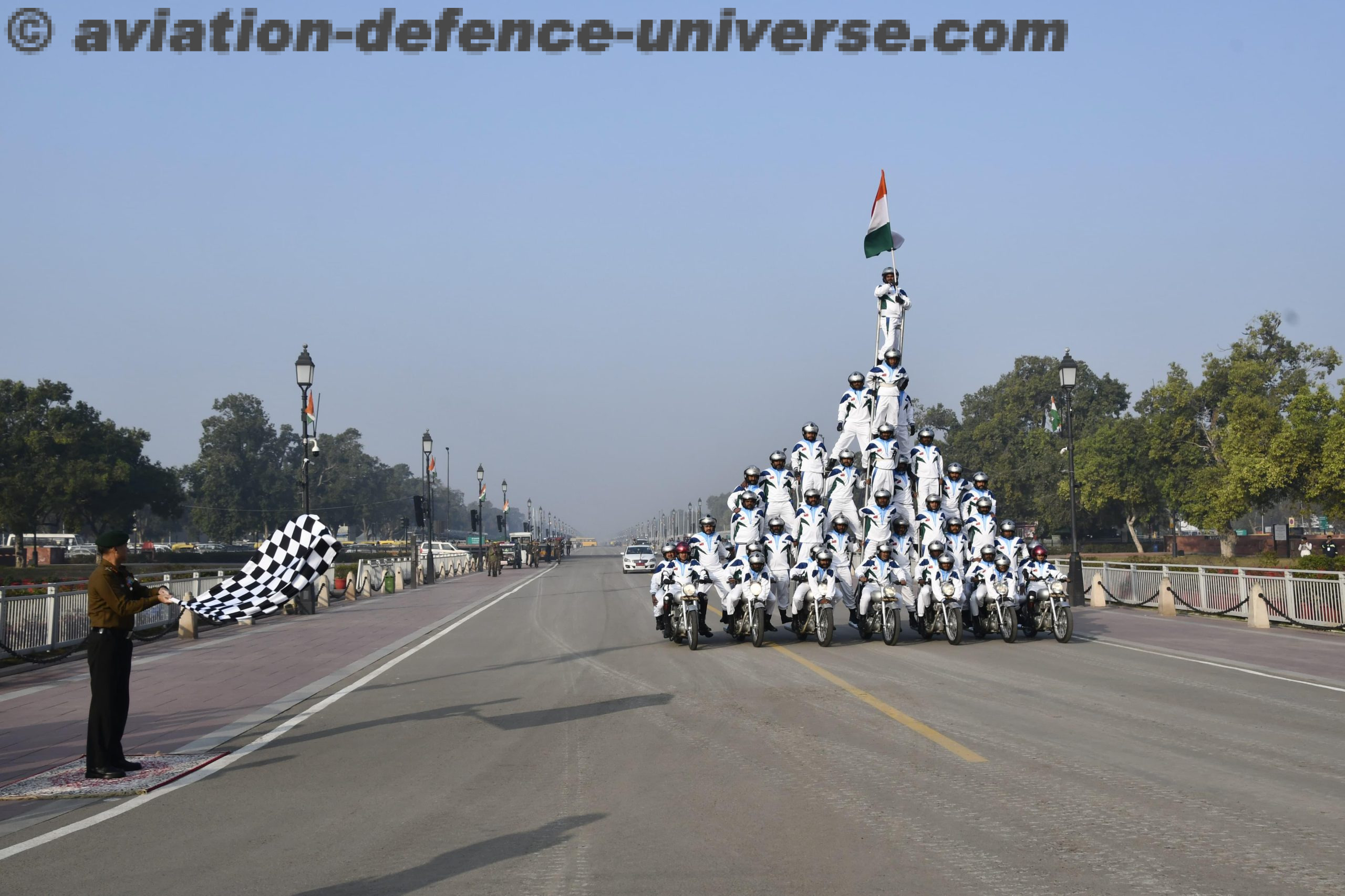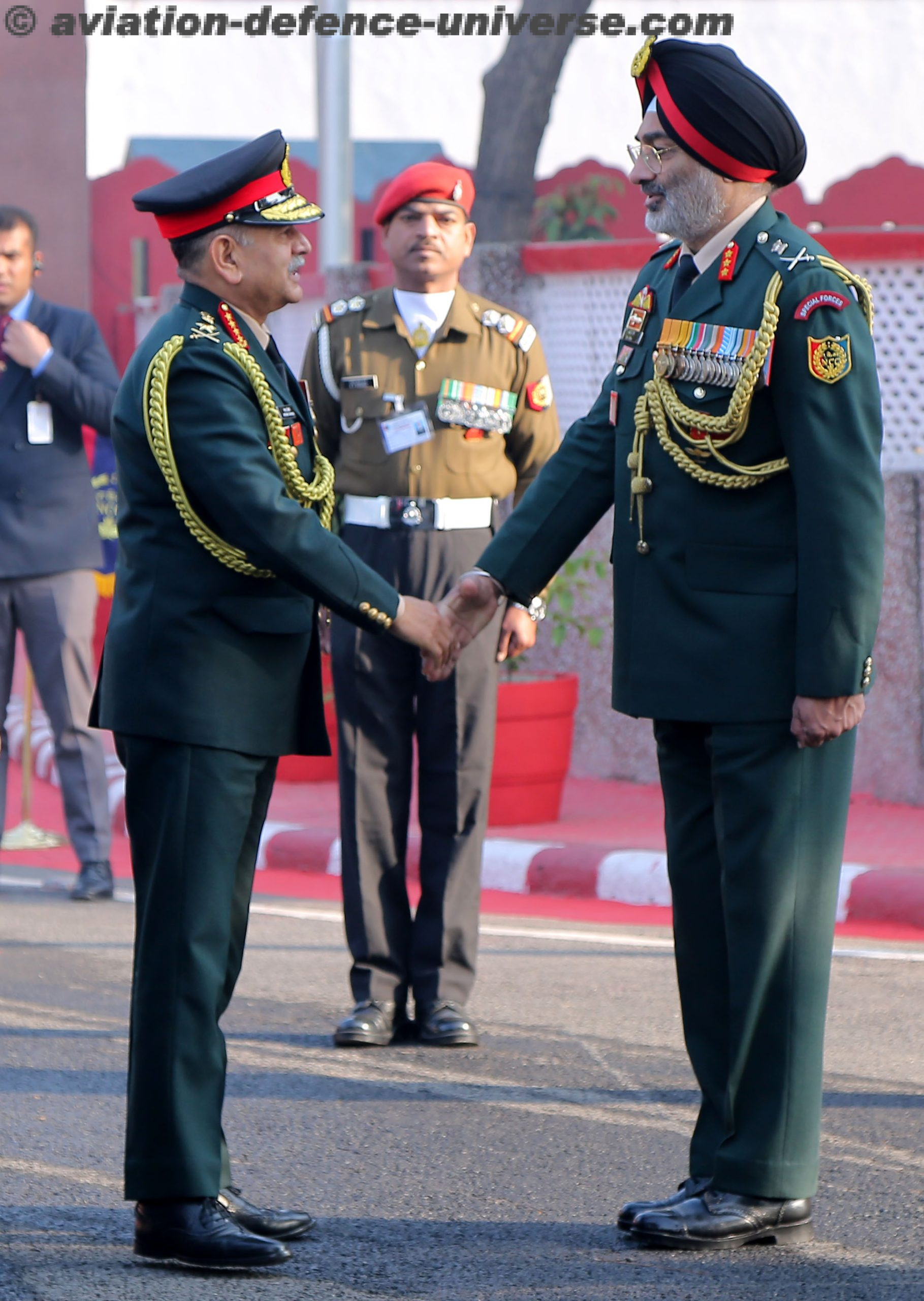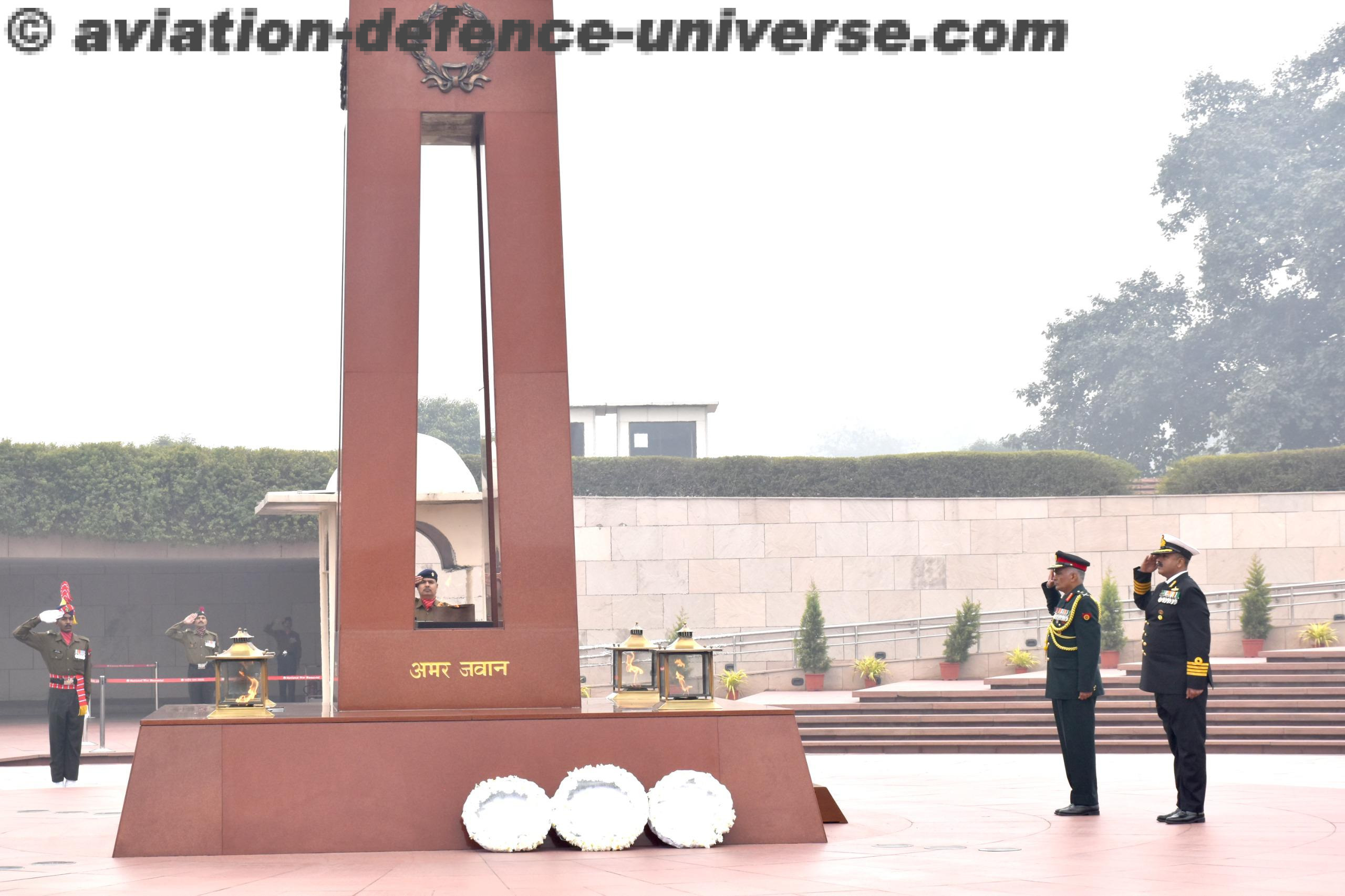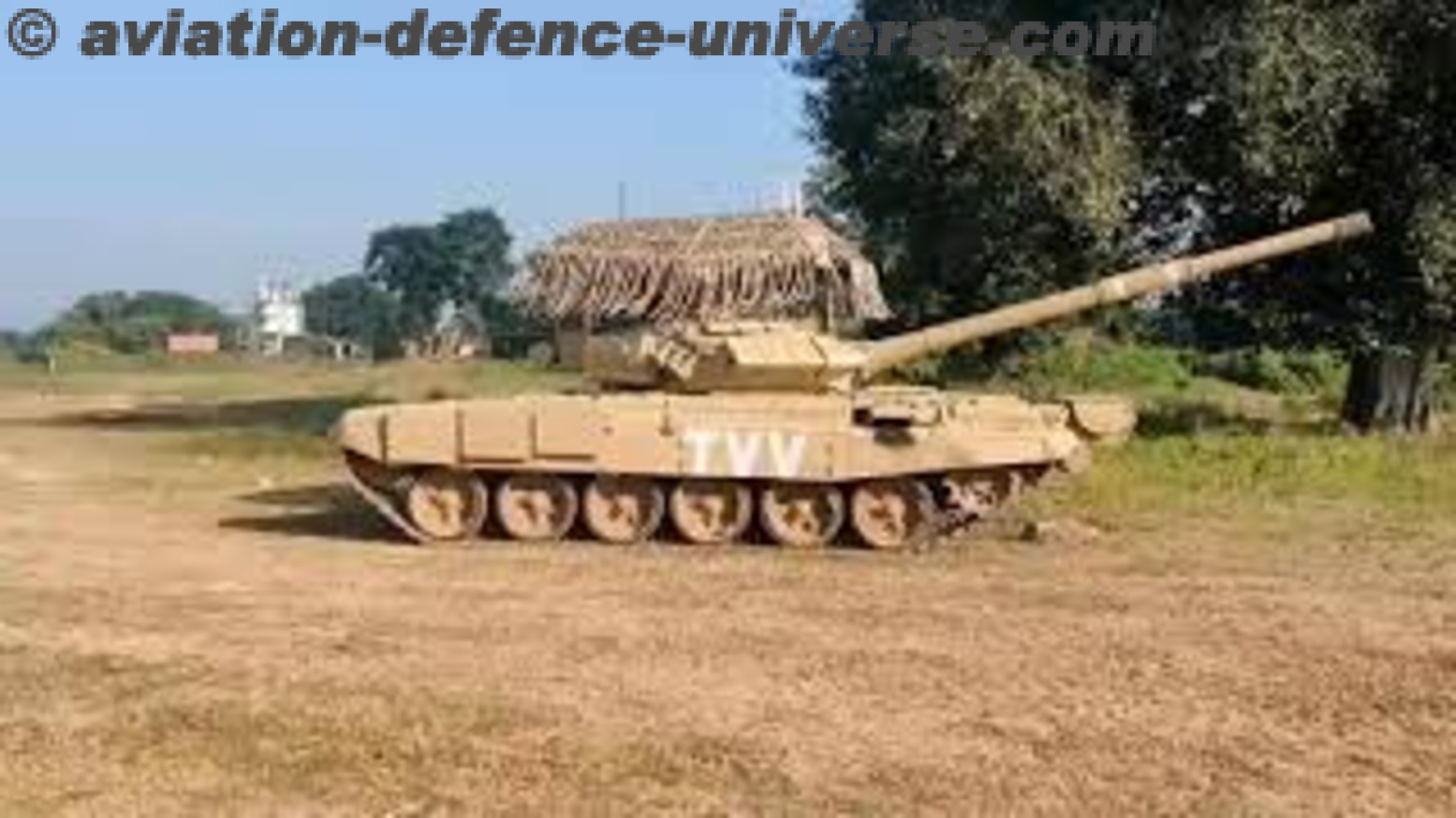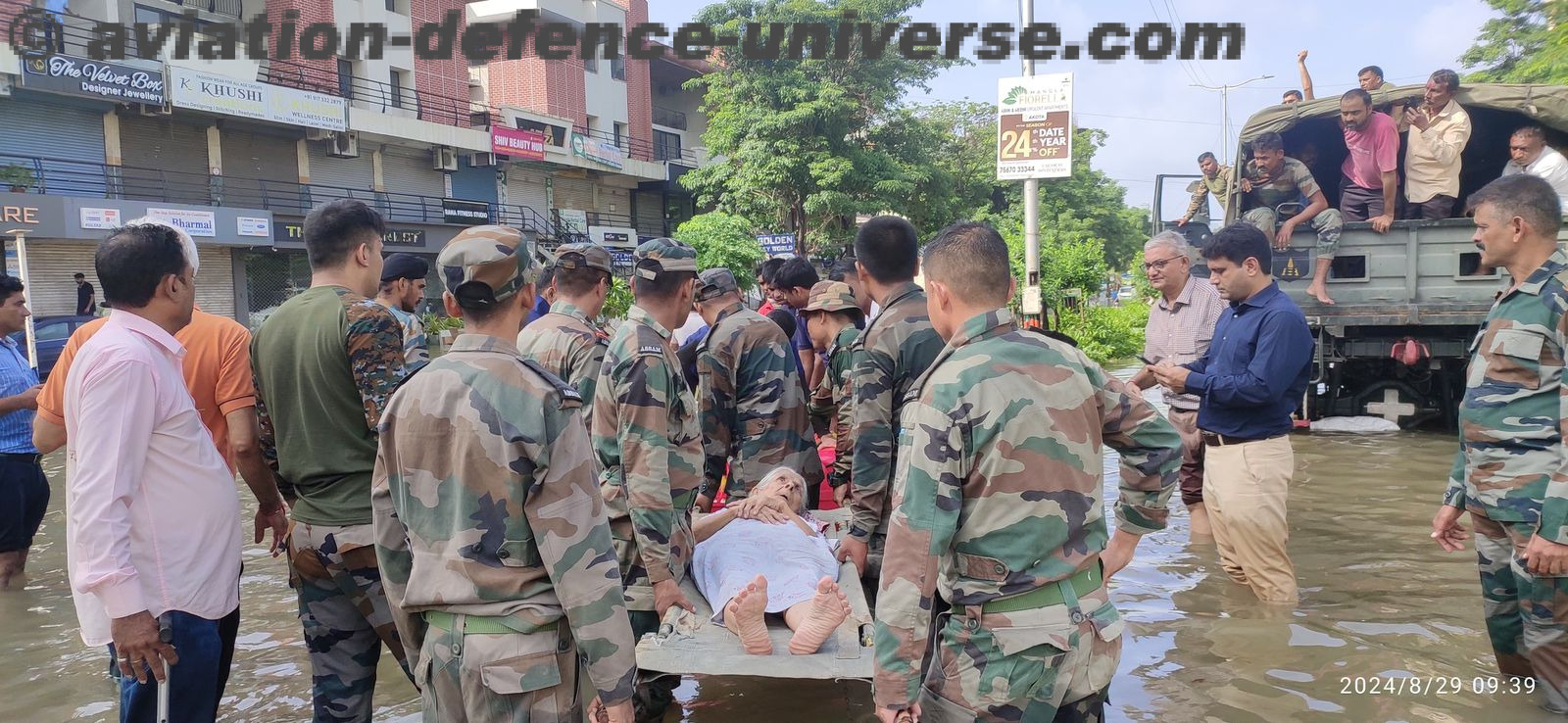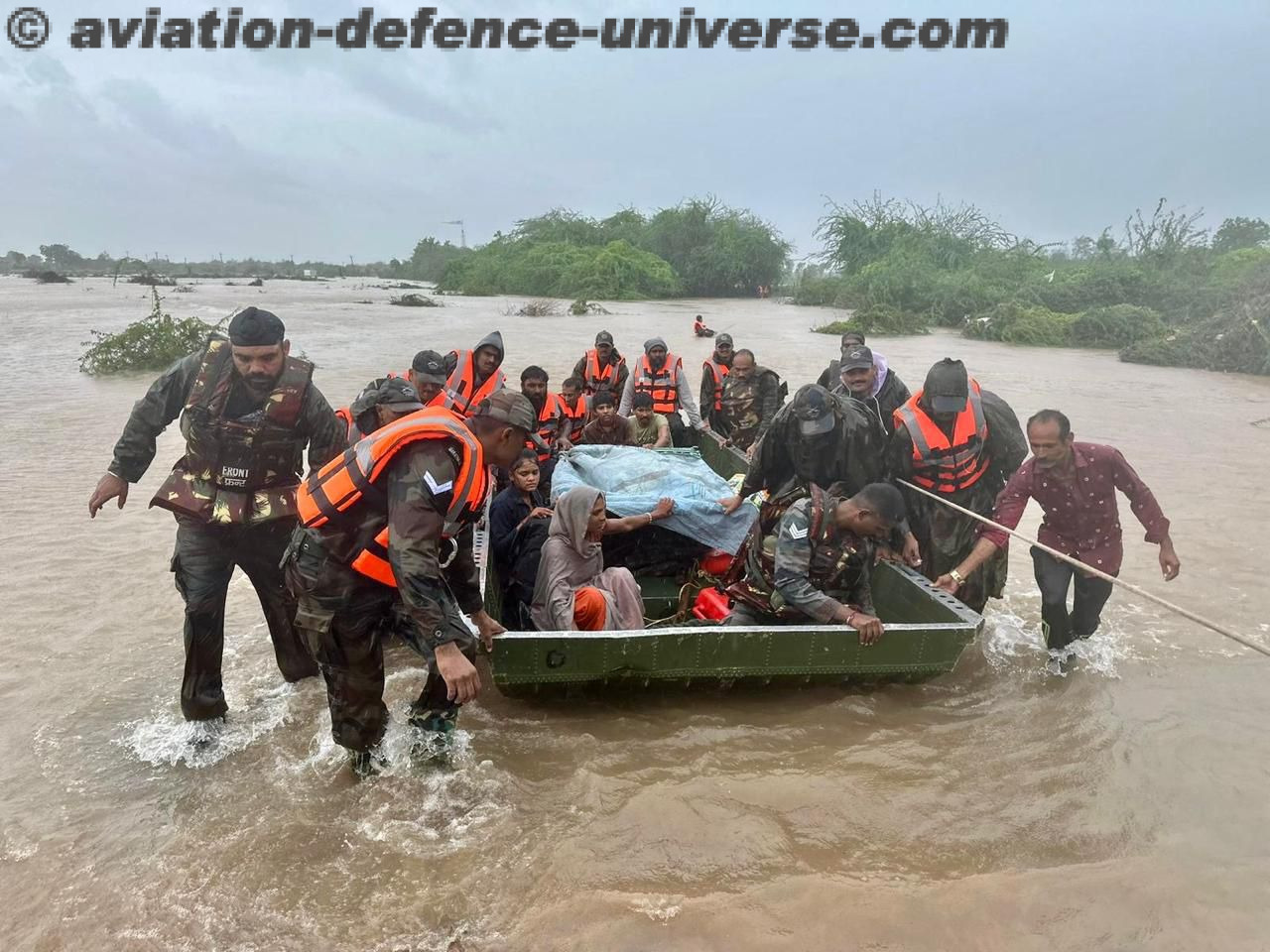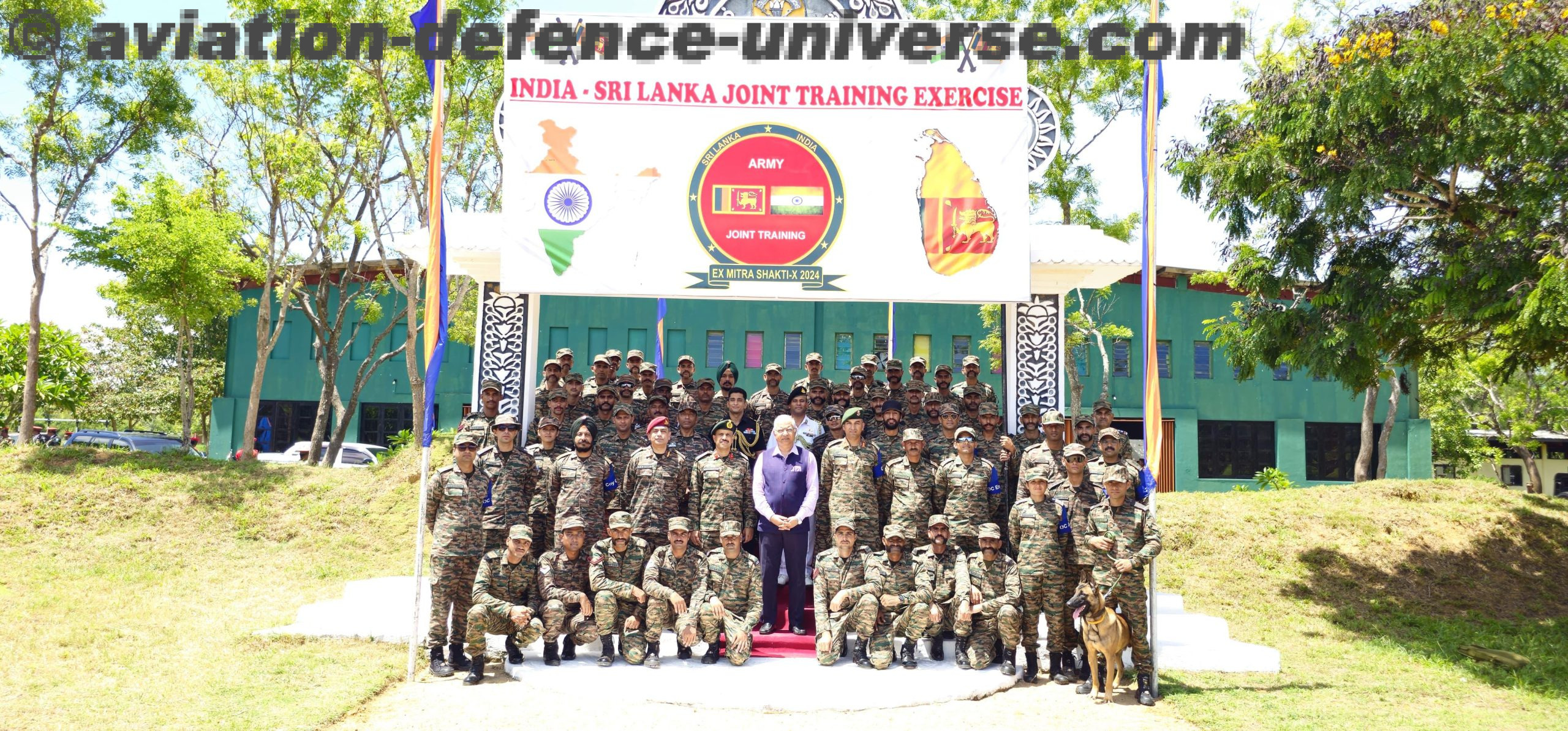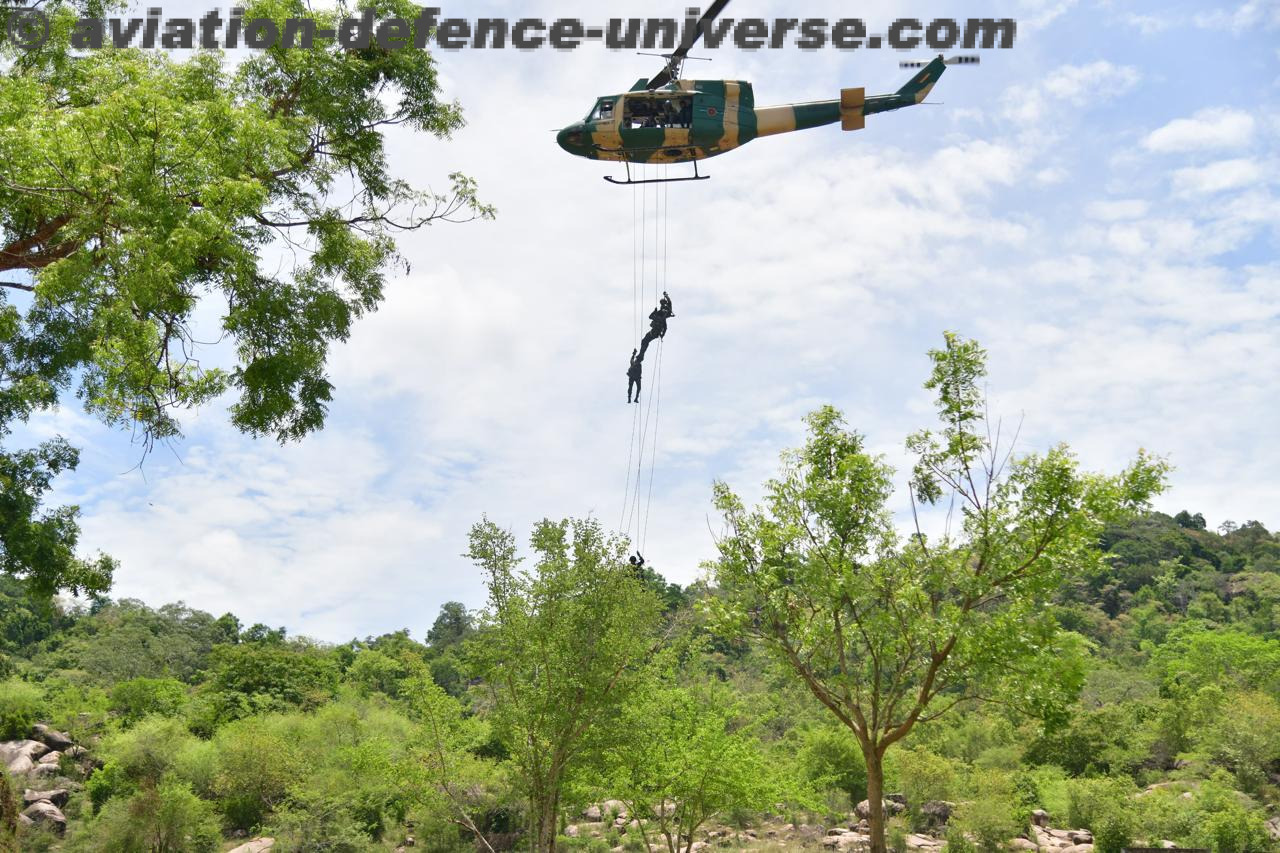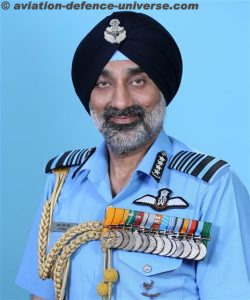
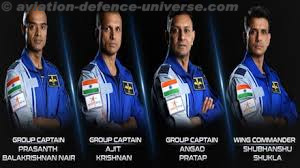
New Delhi. 02 November 2024. “The Indian Air Force is committed towards the vision of ‘VIKSIT BHARAT – 2047’ by supporting Aatmanirbhar Bharat & Self-Reliance initiative in Defence Manufacturing. The most preferred option for capital acquisition is the Buy Indigenously Designed Developed and Manufactured (IDDM) category equipment, followed by Buy (Indian) category. IAF is working on indigenous development of niche technologies. Wider spectrum, rapid development and easy accessibility of technology by state as well as non-state actors, weaponisation of information domain, realisation of air and space continuum as a military matter, indifference to the Laws of Armed Conflict, are few of the key security challenges that need to be addressed,” stated Chief of Air Staff, IAF, Air Chief Marshal AP Singh PVSM, AVSM in and exclusive interview with Aviation & Defence Universe (ADU) to commemorate the Airforce Day 2024.
ADU. What is the current status the IAF’s modernisation plans, particularly concerning the acquisition of new aircraft, progress of indigenous fighter programmes and technology upgrades?
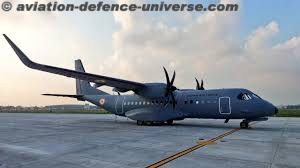
CAS. The Indian Air Force is committed towards the vision of ‘VIKSIT BHARAT – 2047’ by supporting Aatmanirbhar Bharat & Self-Reliance initiative in Defence Manufacturing. The most preferred option for capital acquisition is the Buy Indigenously Designed Developed and Manufactured (IDDM) category equipment, followed by Buy (Indian) category. We are inducting 83 LCA Mk1A and are in the process of procurement of additional 97. There is a plan to procure 114 MRFA wherein, major thrust will on maximizing Indigenous Content (IC), Transfer of Technology (ToT) and setting up manufacturing infrastructure in India through an Indian Production Agency (IPA). Significant progress has been made in D&D of LCA Mk2 and Advance Medium Combat Aircraft (AMCA) programs. IAF has contracted for 56 x C-295 aircraft under Buy Global and Make category wherein, 40 aircraft will be produced by M/s Tata Advanced Systems Ltd (TASL) in India. This is a first project of its kind in the history of Indian Aviation Sector. A case for procurement of 50-60 Medium Transport Aircraft (MTA) in the 18 – 30 tonne payload capacity as a replacement of its legacy fleets has been initiated. IAF has also operationalised three indigenously designed & developed AEW&C platform and a project for six
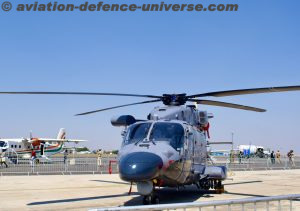
AEW&C MK-II based on A-321 platform, is under progress with DRDO. IAF aims to progress towards achieving complete self-reliance in helicopter operations, except for heavy lift helicopters, with induction and progress of cases related to ALH, LCH, LUH and IMRH. A fair degree of self-reliance in ground based radar systems has been achieved with induction of radars like Aslesha Radar, Low Level Tracking Radar etc. IAF has achieved significant milestones in indigenization of weapons. The delivery of Astra Mk-I missile is under progress and D & D of Astra Mk –II is under process. IAF is acquiring Smart Anti Airfield Weapon (SAAW), REKs (Range Extension Kits) for conventional weapons and Long Range Glide Bombs with ranges in excess of 300 km. Ground Base Air Defence Weapon System (GBADWS) is another area where significant progress is being made are CIWS, VSHORADS, QRSAMS, MRSAMS & LRSAMS. Surface to Surface missiles with an approximate range of 400 km is also under D&D.
ADU. How is the IAF integrating cutting edge technologies like Artificial Intelligence, drones, and advanced surveillance systems into its operations?
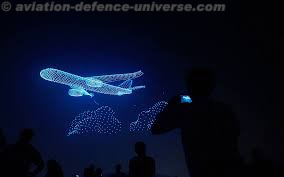
CAS. IAF is working on indigenous development of niche technologies. Modern technologies like Artificial Intelligence in Integrated Air Command and Control System, Autonomous Loitering Munition, Wargaming, Drone technology, Surveillance and Intelligence, Robotics, near Space Platforms, Advance Materials and AR/VR systems etc. are being pursued for bolstering operational capability of IAF. IAF is focusing on certain niche & emerging technologies which include the following areas. Multi Domain Integration to create a digital ecosystem cutting across multiple domains including, air, space, land, sea and cyber. AI and MUMT are in focus too. IAF is considering induction of equipment with “Swarm” capabilities as well as exploit AI based solutions for 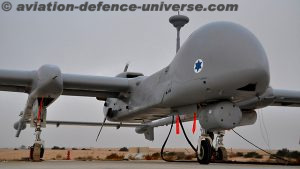 Manned Unmanned Teaming (MUM-T) concept. Dual use space capabilities, Missile seekers, Directed Energy Weapon (DEW) Systems, Hypersonic system technologies etc. and AI based techniques for weather prediction and forecasting are also a priority. IAF is working on roadmap for acquisition of Unmanned Aerial Systems to meet both the short-term and long-term operational requirements by addressing the limitations of existing RPAS. The plan includes procurement of various types of UAS systems ranging from small drones and Counter Drone systems to the MALE and HALE class of UAS. A combined case for procurement of 31 Sky/Sea Guardian (MQ-9B, Predator) HALE UAS has been approved by DAC on 15 Jun 23 from General Atomics, USA (Qty 16 RPAs are for IAF and IA) with IN as the lead service. Integration of these systems will give a boost to our surveillance capabilities.
Manned Unmanned Teaming (MUM-T) concept. Dual use space capabilities, Missile seekers, Directed Energy Weapon (DEW) Systems, Hypersonic system technologies etc. and AI based techniques for weather prediction and forecasting are also a priority. IAF is working on roadmap for acquisition of Unmanned Aerial Systems to meet both the short-term and long-term operational requirements by addressing the limitations of existing RPAS. The plan includes procurement of various types of UAS systems ranging from small drones and Counter Drone systems to the MALE and HALE class of UAS. A combined case for procurement of 31 Sky/Sea Guardian (MQ-9B, Predator) HALE UAS has been approved by DAC on 15 Jun 23 from General Atomics, USA (Qty 16 RPAs are for IAF and IA) with IN as the lead service. Integration of these systems will give a boost to our surveillance capabilities.
ADU. How is the IAF enhancing its operational readiness to address evolving security challenges in the region?
CAS. Wider spectrum, rapid development and easy accessibility of technology by state as well as non-state actors, weaponisation of information domain, realisation of air and space continuum as a military matter, indifference to the Laws of Armed Conflict, are few of the key security challenges that need to be addressed. The distinction between peace and war has blurred with the inclusion of an intermediate continuum of No War No Peace. These shifts have been observed in Russia-Ukraine and Israel-Hamas conflict. This entails the IAF to be prepared not only for the widened spectrum of conflict, but also to simultaneously deal with the unexpected in the spectrum of NWNP. Technology and strategic operational-tactical agility would enable
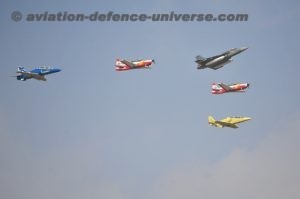
IAF to conduct a wide range of roles, missions and tasks, leveraging the unique characteristics of aerospace power. It is in this evolving environment today that air power in general and IAF in specific checks all the boxes for addressing national as well as regional security challenges. It has the potential for escalation control and can be applied even in NWNP. This has been aptly demonstrated by the IAF in 2019 and by other air forces in recent conflicts such as Israel-Hamas and Russia-Ukraine. The IAF is sanguine of its pivotal role in addressing various security challenges. Its capability development is being steered keeping in mind the vast mosaic of threats that can manifest in the kinetic as well as non-kinetic domain. Our PME is also being re-oriented to ensure all air warriors are enabled and trained to fight the next generation of warfare. IAF has equally demonstrated the effectiveness of airpower in non-kinetic and soft power application. Unmatched responsiveness during various natural disasters as well as non-combat evacuation from crisis hit regions substantiate the same. The daredevil mission to evacuate our citizens from Sudan in the midst of darkness, from an unprotected airstrip, thousands of miles away from home emphasises IAF’s capability and capacity.
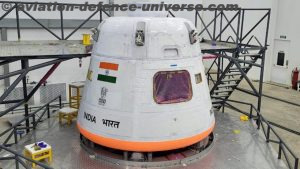 ADU. Could you discuss the role of the IAF in supporting India’s space ambitions, including satellite launches and space based surveillance?
ADU. Could you discuss the role of the IAF in supporting India’s space ambitions, including satellite launches and space based surveillance?
CAS. The IAF is actively involved in projects of national importance, such as Gaganyaan and Reusable Launch Vehicles. Two of the IAF astronauts have been sent to USA for participation in upcoming Axiom mission of USA. The IAF is actively pursuing and liaising with DSA on Space Based Surveillance (SBS) programmes. Apart from this, IAF has 29 Def Space Challenges, which are currently being progressed with the help of Indian industry partners to develop the space eco-system.
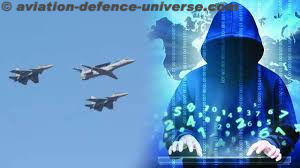
ADU. With the rise of cyber threats, How is the IAF strengthening its cyber security measures and capabilities?
CAS. Cyber threats have evolved and increased with time. The threat scenario is very inconspicuous, dynamic and varied. Mere firewalls or such standalone security solutions would not suffice. Countering Advanced Penetration Threat (APT) actors requires “Defence in Depth”. The numerous steps taken by IAF in addressing the growing cyber threats are as follows. A dedicated Air Force Cyber Group (AFCG) has been formed. Security controls are implemented from the perimeter to the application layer. Multi layered security solutions and security management systems are in place to defend the Net Centric Warfare infrastructure. IAF has a captive internal network used for operations, maintenance and administrative tasks. Triad of Policy, People and Technology are implemented and monitored for continuous improvements.
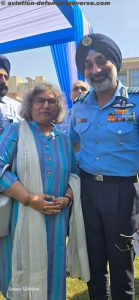 As Told to Sangeeta Saxena
As Told to Sangeeta Saxena






_BannerAD_234x60px.jpg)


